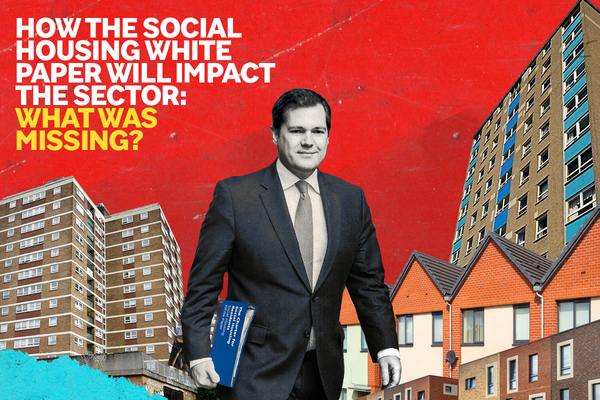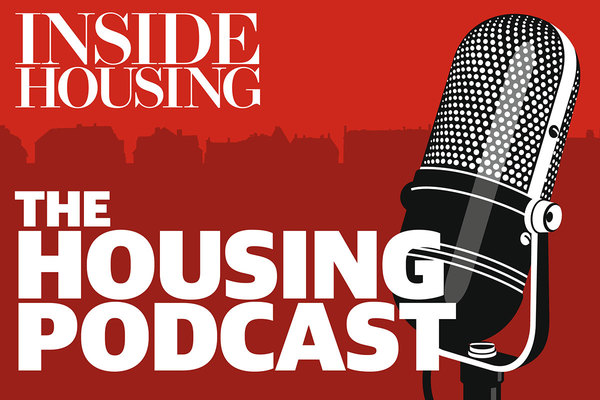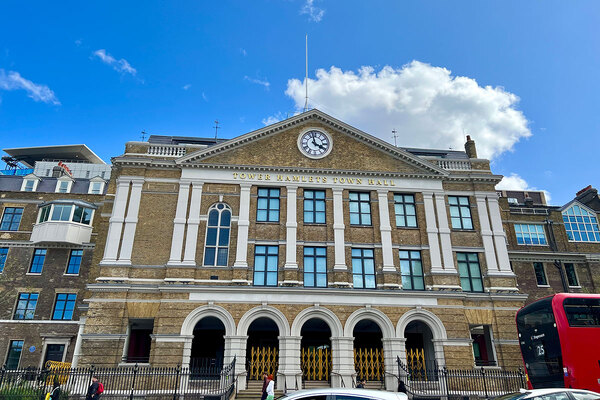The Social Housing White Paper: what was missing?
In the final part of our four-part look at the Social Housing White Paper, Inside Housing details what was missing from the 76-page document, and what the sector would have liked to have seen more on
Last week, the government finally published the long-awaited Social Housing White Paper. It was a major moment for the sector. This was the document that promised to reform the relationship between social landlords and their residents within the context of the terrible Grenfell Tower fire nearly three-and-a-half years ago.
Based on extensive consultation following the publication of the Social Housing Green Paper way back in August 2018, the white paper set out plans for an overhaul of consumer regulation. Eye-catching proposals included the implementation of new tenant satisfaction measures against which providers will be marked, as well as regular inspections of how well they are performing on consumer standards.
But in many ways, the white paper was just as interesting for what was missing from the 76-page document. While most of the policy proposals were broadly welcomed by landlords and residents’ groups, there was more than a little disappointment about its reticence on several topics – particularly given the length of time it took to be published.
Below, Inside Housing runs through the key bits that are missing from the Social Housing White Paper.
Supply
“The big thing that’s missing is acknowledgement about the need to build much more social housing,” remarks John Bibby, chief executive of the Association of Retained Council Housing.
Social housing is in drastically short supply in England. As of 30 June, there were 98,300 households in temporary accommodation – a figure that has risen significantly since the onset of the coronavirus pandemic. Nearly 1.2 million households are currently on waiting lists for a social home, with the Local Government Association (LGA) recently warning that this number could soar to more than two million as a result of COVID-19’s impact on livelihoods.
Therefore, a Social Housing White Paper published in the midst of this crisis without substantial discussion of how to boost supply – currently a rather pitiful 6,000-odd homes a year – seems somewhat peculiar.
True, the white paper declares that the government is “determined to increase the supply of new and beautiful social homes”. But beyond restating existing policy announcements, including the removal of the Housing Revenue Account borrowing cap (which was two years ago now) it offers very little in the way of ideas to increase current delivery. Meanwhile, the reiteration of ministers’ commitment to the Right to Buy and the new Right to Shared Ownership indicates that they are still happy for these policies to chip away at the country’s limited social housing stock.
“We think there’s a missed opportunity there,” says Mr Bibby. “It feels like an opportunity to tackle social issues and at the same time boost the economy.”
If the government was going to listen to calls from the LGA and the G15 for a huge Addison Act-style social housebuilding programme to help the country recover from the impacts of COVID-19, the white paper would surely have been the place to make it known.
Regulation details
The white paper was undoubtedly at its most substantive regarding consumer regulation. There was both an overarching vision here – a proactive regime of measuring landlord performance based heavily on safety and tenant satisfaction – and definite policy proposals, such as the scrapping of the ‘serious detriment’ test and new powers for the Regulator of Social Housing (RSH).
Nevertheless, significant questions about how exactly this new regime will work in practice still need to be answered. For instance, the white paper states that the RSH will be expected to publish its findings following inspections of landlords against consumer standards. But there is very little detail yet about how performance will be expressed. Will it be subject to a new regulatory grading similar to the G1/V1 system currently used for governance and financial viability?
Kelsey Walker, a director at Savills Housing Consultancy who worked at the regulator, thinks that is unlikely “because funders want a very clean governance and viability grading”.
“For me it feels much more likely that you will have a different kind of assessment grading for consumer standards,” she adds. “I think that could be anything from a strapline of pass/fail, or it could be a narrative judgement.”
Similarly, it is not yet precisely clear how the RSH will use new tenant satisfaction measures. The paper talks of greater accountability allowing tenants “to challenge their landlord when things are not working as they should, and to compare its performance with that of other social landlords”.
But it provides no details on what form this comparison will take. Looking back to the Social Housing Green Paper, sector league tables were a headline policy proposal – but Inside Housing revealed in March 2019 that ministers were going off the idea after negative feedback from landlords and tenants alike. The phrase “league table” does not appear at all in the Social Housing White Paper.
Asked about both of these points, the Ministry of Housing, Communities and Local Government said responsibility has now been passed to the RSH to work out the best way forward in consultation with various stakeholders. It is understood that the regulator began calling for figures across the social housing sector to gather their thoughts on the way these things could operate on the very morning the white paper was published.
A lot this still needs to be worked through,” says James Prestwich, director of policy at the Chartered Institute of Housing. “There is a clear commitment from government to work with the sector to put in place the right kind of approach to engagement. Government wants to move quickly with it, and that’s good, but I think what’s most important is that the time is taken to get this right, really.”
Stigma
The Social Housing Green Paper had an entire chapter dedicated to “tackling stigma and celebrating thriving communities”. According to the government, stigma was the most consistent theme raised by residents at engagement events prior to the green paper being published.
However, the word stigma is mentioned only six times in the 76-page Social Housing White Paper. Some of the ideas proposed around tackling stigma in the green paper still made it into the white paper, such as the proposals around the professionalisation of housing management. But many other proposals around stigma, such as sharing positive stories and assessing landlords on neighbourhood management, did not.
Meanwhile, several social housing campaigners and tenant organisations have pointed out that the government’s focus on homeownership, as expressed in the final chapter of the white paper, could have the effect of perpetuating stigma against social housing tenants.
“Stigma was always going to be tricky, very tricky to do, but I think it’s hard to get rid of stigma as long as social housing is presented as a stepping stone for the ultimate goal of homeownership,” says Jenny Osbourne, chief executive of Tpas.
The idea that the focus on homeownership leads to the stigmatisation of social housing tenants is backed up by the consultation responses the government received on the Social Housing Green Paper, which were published alongside the white paper last week.
When asked what more could be done to address stigma within social housing, 31% of respondents suggested stopping the emphasis on homeownership as the tenure of choice.
Darren Hartley, chief executive of Taroe Trust, explains further: “There is a very real risk that if social rented accommodation is not seen on par with other tenures of housing, then you get substandard accommodation and substandard services and ultimately it’s tenants that pay the price for that.”
National platform for tenants
As reported by Inside Housing last year, the campaign to create a national platform to give tenants a voice in policy discussion has been gaining pace in the social housing sector. Those who supported the idea said tenants were disadvantaged compared with other parts of the housing sector that have strong lobby groups, such as the National Housing Federation, which represents housing associations.
However, the white paper is quiet on the need for a national platform for tenants and instead focuses mostly on improving engagement between tenants and their landlords.
Mr Hartley calls the decision not to include the proposal for a national tenant platform a “missed opportunity”, adding that there was “resounding support for this from tenants as part of the consultation exercises for the earlier green paper”.
While Mr Hartley says he believes some of the proposals in the white paper “will lead to the ability for tenants’ voices to be heard”, he warns that “the problem with that is that if it’s only heard at a local or organisational level, then the collective experience of tenants more generally is not feeding into a national holistic picture”.
Sign up for our daily newsletter
Already have an account? Click here to manage your newsletters












